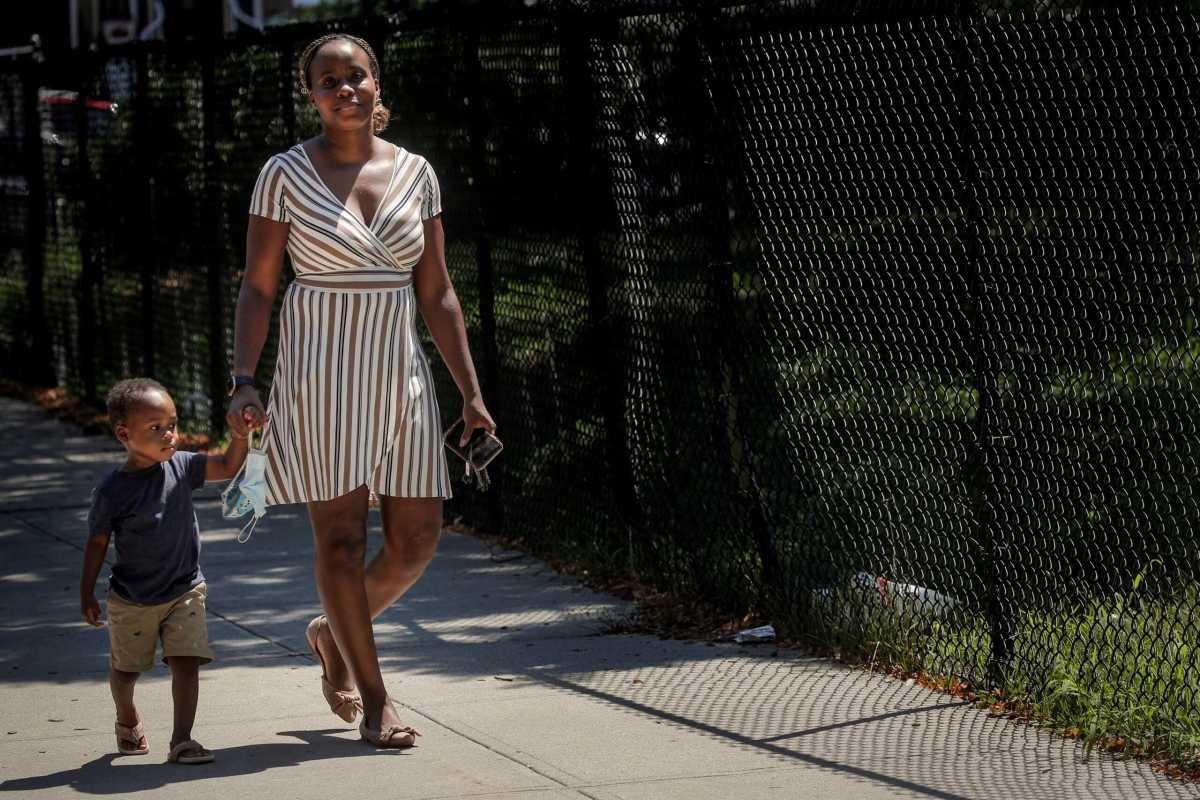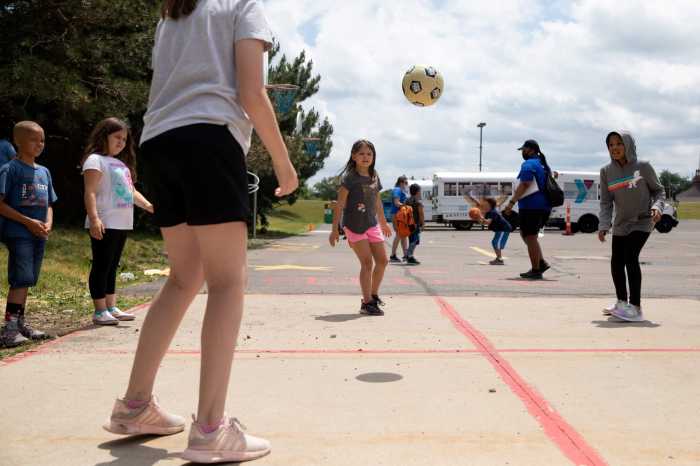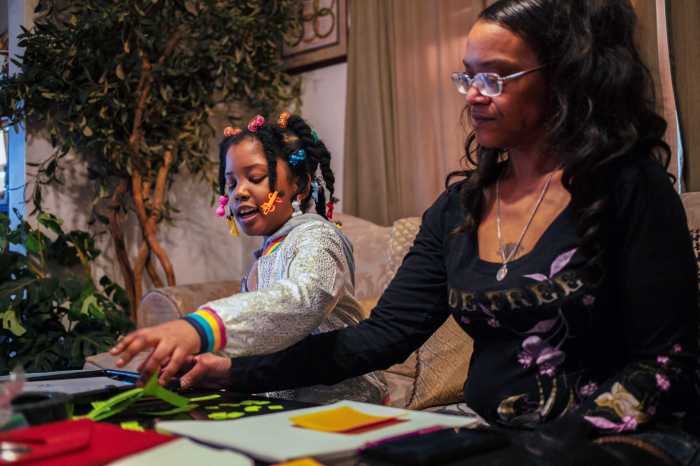A Brooklyn Starbucks supervisor who aspires to be a doctor will pay the rent and build savings for her son. Across the country, a San Francisco area mother who attends college is getting back to class herself now that she can more easily afford after-school care for her youngest child.
Those are some of the ways about 39 million U.S. households could benefit once they start receiving monthly federal checks Thursday as part of a massive expansion of the child tax credit. The Center on Poverty and Social Policy at Columbia University estimates that the expansion can reduce the U.S. child poverty rate by up to 45%.
The approach is notable both for its wide reach – the checks issued this week will reach nearly 90% of U.S. children, according to Internal Revenue Service estimates – and for distributing half the money monthly instead of in one lump at tax time.
“It’s really giving families the help that they need in the moment to help meet some of their basic needs,” said Mario Cardona, chief of policy and practice for Child Care Aware of America, an advocacy group.
The program, which is not limited to low-income families, is being likened to a universal basic income for children. Single parents earning up to $75,000 and couples making up to $150,000 can receive the full credit.
Under changes made by the American Rescue Plan passed in March, families will receive up to $3,600 for every child under age 6 and $3,000 for those ages 6 to 17, up from $2,000 per child. A minimum income requirement was removed and the credit was made fully refundable, making it more accessible to parents who don’t work and those with low tax bills.
Critics say the expanded credit is expensive and may discourage people from working. But supporters say the funds may enable more parents to work by potentially helping them pay for child care.
The $105 billion expansion expires at the end of this year. President Joe Biden and other Democrats are pushing to extend it.
“It’s probably the most profound measure on behalf of children in our country,” said Rep. Jackie Speier, co-chair of the Democratic Women’s Caucus. “It is a Social Security for children.”
PARENTS USE THE MONEY AS THEY SEE FIT
Chantel Springer, 25, will use the $300 she will receive from the tax credit this month to help pay the rent on the Brooklyn apartment she shares with her mother and three-year-old son. Starting next month, Springer, a Starbucks shift supervisor who is studying biochemistry and wants to be a doctor, plans to stash the money in a savings account for her son.
Jess Hudson’s two children, ages 10 and 14, are going back to in-person schooling in the fall. She will also return to campus to finish earning her bachelor’s degree in political science.
The $500 she will receive monthly will cover most of the $585 monthly cost of after school care for her 10-year-old son. “Being able to have that money now so that we can step back into the economy, we can step back into work and school, I can’t even overstate how important that is,” said Hudson, 36, who wants to work in public policy after she graduates in December and eventually go to law school.
Michelle Rodriguez, 39, turned to credit cards to help cover the added grocery bills and internet costs she faced after her three sons, ages 5, 6 and 7, switched to virtual school in their San Diego home.
The $800 she will receive monthly from the child tax credit will let her start paying off some of that debt now instead of waiting until next tax season, said Rodriguez, who works with families fleeing domestic violence.
It will also provide some relief during a time that is usually financially tight. The savings she receives from her annual tax refund typically run out by the fall.
“I can breathe a little bit more,” she said.
DISTRIBUTION OBSTACLES
Families that do not file taxes or who have not received pandemic relief checks from the IRS may need to sign up to receive the cash, raising some concerns that the program may not easily reach families in need. And some parents are nervous that receiving a portion of their tax credit may throw off their budgeting next year.
Annie Watson, a 33-year-old early childhood education consultant in Kansas City, is saving the advanced $1,100 payments she and her husband will receive for their four children, ages one, five, seven and 11.
The couple typically owes taxes each year and she estimates they may break even after receiving the expanded tax credits – meaning they may need all or part of the cash they’re receiving now to pay their tax bill next year.
Administration officials said they are working with nonprofits and grassroots organizations to conduct outreach and raise awareness about the program. Families can opt out of receiving the advance payments by filling out a form online with the IRS.
Watson added she is grateful to have the cash on hand in case emergencies come up, especially since it seems likely her husband may need to leave his job at a bakery later this year when she returns to traveling for work.































